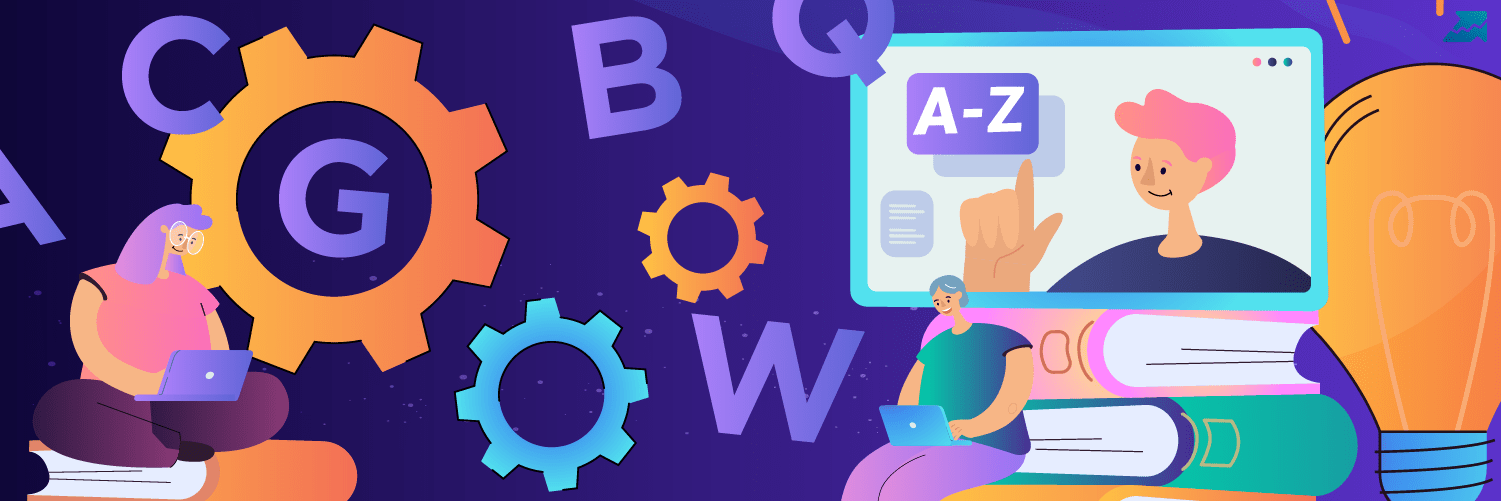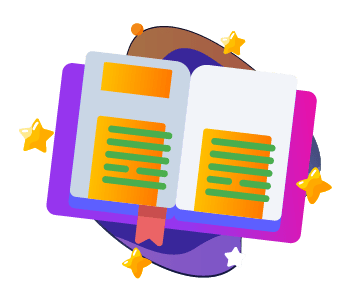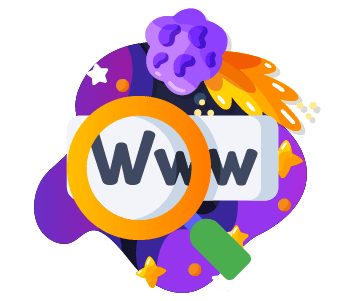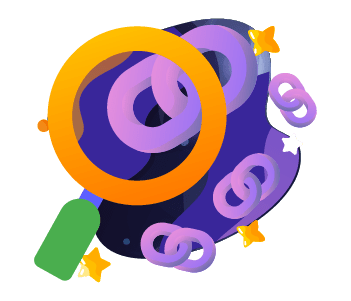SEO Glossary: The Basic Terms Everyone Needs To Know

If this glossary is helpful for you, bookmark this page for reference! Can't find the organic search terms you're looking for? We appreciate suggestions from our readers, so leave a comment :)
If you're searching for a particular term, use the hyperlinks below, tag clouds or Ctrl+F on Windows or Command+F on Mac to find the best search term.
If this glossary is helpful for you, bookmark this page for reference! Can't find what you're looking for? We appreciate suggestions from our readers, so leave a comment :)
If you want to search for a particular SEO technical term, use the hyperlinks below, tag clouds or Ctrl+F on Windows or Command+F on Mac to find the necessary word.
Basic SEO Terms


Search Queries


Technical SEO Terms


Analytics and marketing


Textual Factors

Link Building


Algorithms And Filters

Speed up your search marketing growth with Serpstat!
Keyword and backlink opportunities, competitors' online strategy, daily rankings and SEO-related issues.
A pack of tools for reducing your time on SEO tasks.
Discover More SEO Tools
Backlink Cheсker
Backlinks checking for any site. Increase the power of your backlink profile
API for SEO
Search big data and get results using SEO API
Competitor Website Analytics
Complete analysis of competitors' websites for SEO and PPC
Keyword Rank Checker
Google Keyword Rankings Checker - gain valuable insights into your website's search engine rankings
Recommended posts
Cases, life hacks, researches, and useful articles
Don’t you have time to follow the news? No worries! Our editor will choose articles that will definitely help you with your work. Join our cozy community :)
By clicking the button, you agree to our privacy policy.


